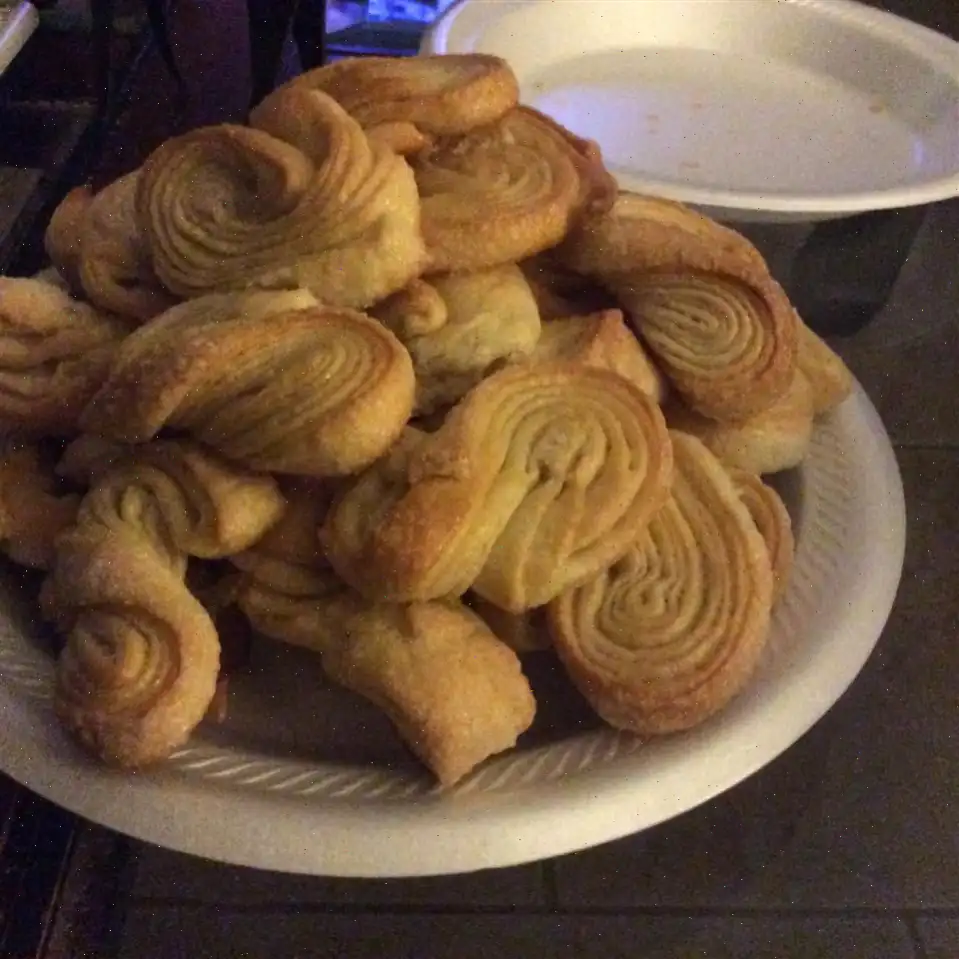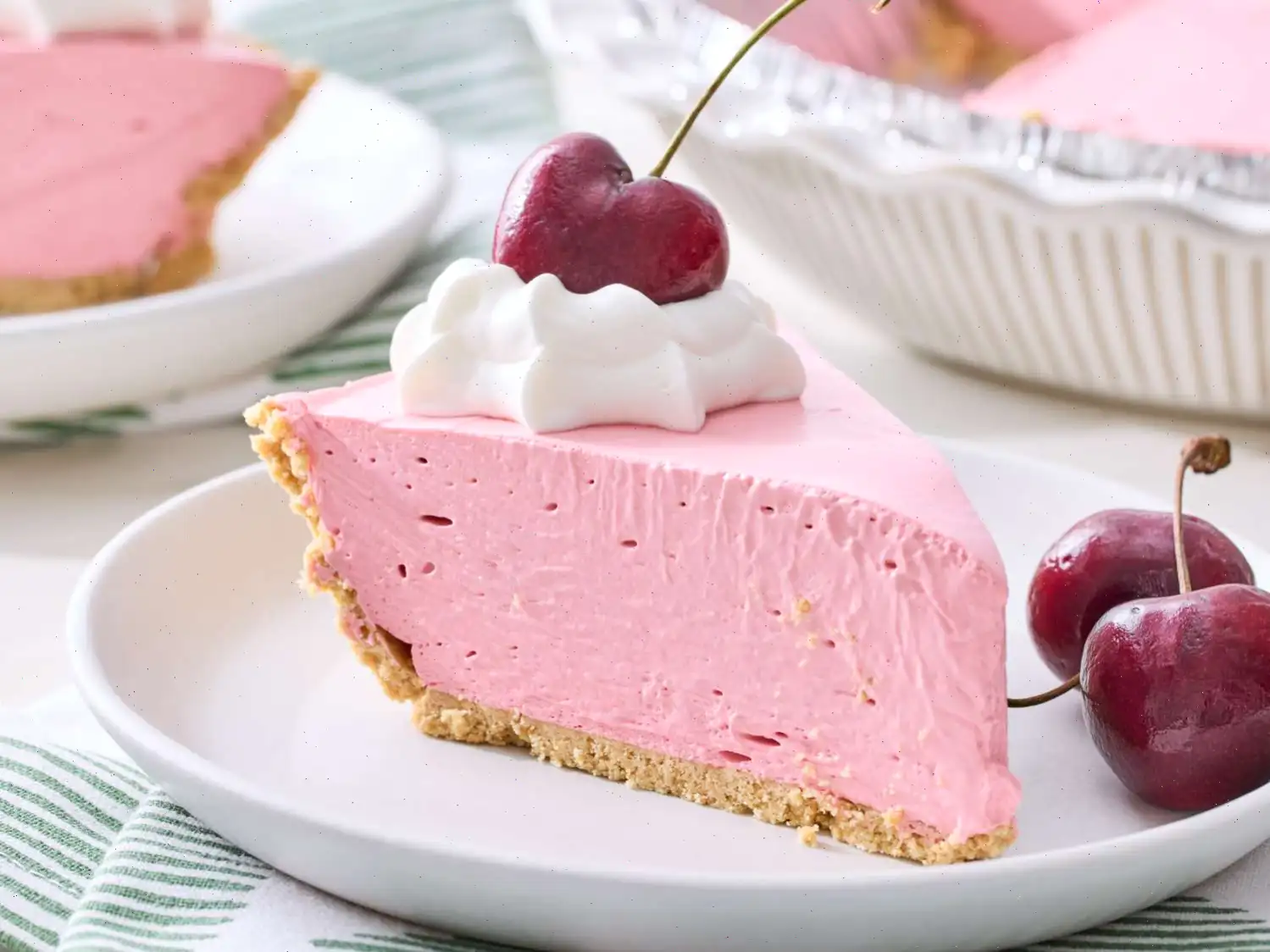
Chef John's Kummelweck Rolls Recipe
Ingredients
This recipe yields 12 servings.
- Dough:
- 3 cups all-purpose flour, divided
- 1 cup warm water (105F / 41C)
- 1 (.25 ounce) package active dry yeast
- 2 tablespoons vegetable oil, divided
- 1 large egg white
- 1 tablespoon sugar
- 1 teaspoons salt
- 1 teaspoon honey (or more to taste)
- Topping:
- 2 teaspoons water
- teaspoon caraway seeds (or to taste)
- Coarse sea salt to taste
Directions
- Make the dough: In the bowl of a stand mixer, whisk together cup of flour, warm water, and yeast. Allow it to sit for 10 to 15 minutes until foamy.
- Stir in 2 tablespoons of vegetable oil, egg white, sugar, salt, and honey. Whisk until smooth.
- Switch to the dough hook attachment. Gradually add the remaining flour to the yeast mixture while the mixer is running. Continue kneading until a soft, sticky dough forms (about 3 to 4 minutes).
- Drizzle the remaining tablespoon of vegetable oil into the mixer bowl. Turn the dough to coat it with oil. Cover the bowl with a clean cloth and let it rise for 1 to 2 hours or until doubled in size.
- Preheat the oven to 425F (220C). Line a baking sheet with a silicone baking mat.
- Shape the rolls: Turn the dough out onto a lightly floured surface. Flatten it into a rectangle, then cut it into 12 equal pieces. Shape each piece into a roll and arrange them 2 inches apart on the prepared baking sheet.
- Cover the rolls and let them rise for about 30 minutes, or until doubled in size.
- Make the topping: In a small bowl, whisk together the egg white and water. Use kitchen shears to cut a shallow "X" on the top of each roll.
- Brush the rolls with the egg white mixture, then sprinkle them with caraway seeds and coarse salt.
- Bake the rolls in the preheated oven for 18 to 20 minutes, or until they are golden brown on top.
Chef's Notes
I recommend adding about 80% of the remaining flour in Step 3 and gradually incorporating the rest as you knead the dough. The texture should be soft and slightly sticky, but cleanly pulling away from the sides of the bowl.
For a delicious variation, try these rolls with Chef Johns Beef on Weck sandwiches!
Nutrition Facts (per serving)
| Calories | 159 |
|---|---|
| Total Fat | 3g (4%) |
| Saturated Fat | 0g (2%) |
| Sodium | 328mg (14%) |
| Total Carbohydrate | 28g (10%) |
| Dietary Fiber | 1g (4%) |
| Total Sugars | 2g |
| Protein | 4g (9%) |
| Calcium | 7mg (1%) |
| Iron | 2mg (11%) |
| Potassium | 59mg (1%) |

History and Origin of Kummelweck Rolls
Kummelweck rolls, often associated with the famous "Beef on Weck" sandwich, have their roots in the German immigrant communities of Buffalo, New York. The name "Kummelweck" is derived from the German word for caraway, "Kmmel," as the rolls are traditionally topped with caraway seeds and coarse salt. The recipe for these rolls was brought to the U.S. by German immigrants in the 19th century and has remained a staple in Buffalo cuisine ever since. Kummelweck rolls became famous due to their key role in the "Beef on Weck" sandwich, where their salty, crunchy exterior pairs perfectly with tender, juicy roast beef.
Regional Differences and Unique Features
While Kummelweck rolls are primarily linked to Buffalo, New York, their distinct flavor and texture have made them popular in other parts of the United States, especially among fans of hearty sandwiches. One key regional feature of Kummelweck rolls is the use of caraway seeds and large grains of salt on the top, which give the rolls their signature taste. This topping is a distinctive characteristic that sets them apart from other sandwich buns, which typically do not feature such an assertive flavor combination. The slightly sweet dough with a hint of honey also sets Kummelweck rolls apart from the more neutral flavors of standard bread rolls.
How Kummelweck Rolls Differ from Similar Dishes
Kummelweck rolls stand out from similar bread varieties such as Kaiser rolls, which are often used for sandwiches but have a more neutral taste. Unlike Kaiser rolls, which are crusty but plain, Kummelweck rolls have an added complexity due to the caraway and salt topping, giving them a distinctive savory and slightly tangy flavor. Additionally, Kummelweck rolls are denser and slightly sweeter than other sandwich buns, making them the ideal choice for pairing with the flavorful Beef on Weck. The rolls texture, with a crispy exterior and soft interior, is key to holding up to the juicy roast beef and savory toppings without becoming soggy.
Where Kummelweck Rolls Are Typically Served
Kummelweck rolls are most commonly served in Buffalo, New York, as part of the "Beef on Weck" sandwich. This iconic dish is a favorite in local restaurants and diners, especially those specializing in comfort food. Outside of Buffalo, Kummelweck rolls are gaining popularity in other regions, particularly among food enthusiasts who appreciate hearty, flavorful bread options for sandwiches. While Beef on Weck is the traditional dish, the rolls are also served in other contexts, such as with roast chicken or turkey sandwiches, and occasionally as a snack with dips.
Interesting Facts About Kummelweck Rolls
1. Buffalo Tradition: The Beef on Weck sandwich, which includes Kummelweck rolls, is considered a regional delicacy in Buffalo and has become a beloved food for sports fans, especially during Buffalo Bills games.
2. Origin of the Name: The word "Weck" in the dish's name is derived from the German word "Brtchen" (small bread roll), and over time, it evolved into "Weck" in the Buffalo area.
3. Caraway Seeds: The caraway seed topping on Kummelweck rolls is not just for flavor; it also adds a crunchy texture that contrasts nicely with the soft, pillowy interior of the roll.
4. Popularity Outside Buffalo: While the Kummelweck roll is a hallmark of Buffalo cuisine, it has slowly gained recognition across the United States, particularly in areas with a large number of German immigrants or food enthusiasts looking for unique bread options.
FAQ about Chef John's Kummelweck Rolls Recipe
Comments
Carolyn Jones
06/15/2024 06:57:27 AM
These sandwich buns are truly exceptional! I've been baking bread for over 15 years, and these have quickly become my favorite. I believe that omitting the yolk is the secret ingredient that sets them apart. They work wonderfully as sandwich buns or even as a loaf. They stay soft and fresh for days, making them a must-try for all home bakers. I'm a big fan of Chef John's recipes, and these buns are no exception. Thank you for the fantastic recipes!
Heather Wright
08/21/2023 04:59:15 PM
I made these for my friends from Buffalo and they absolutely loved them! I saved the recipe and have been making them every time we have beef on weck. I'm curious, can the rolls be made ahead by refrigerating the dough and baking them the next day?
Elizabeth Flores
09/20/2023 04:44:46 PM
I baked these buns to use for hot chicken sandwiches that rival those from restaurants. Following the recipe, I prepared them and stored them in the freezer for a church event the next day. They turned out absolutely perfect and were a hit with everyone. Today, I'm experimenting by using half stone-ground whole wheat flour that I milled myself. The dough has a delightful texture, and I'm excited to see how they turn out!
Carol Martin
09/07/2023 06:06:00 PM
We absolutely love having beef on weck twice a month - it's fantastic!
Rachel Perez
08/17/2023 07:14:18 PM
They're baking in the oven. So simple. And they look fantastic!








